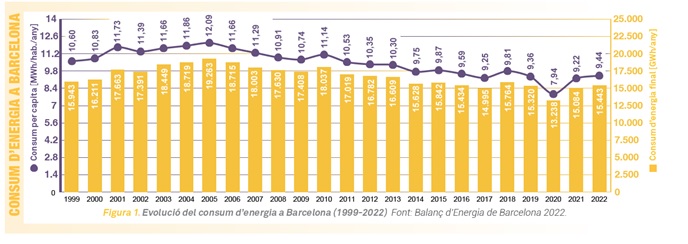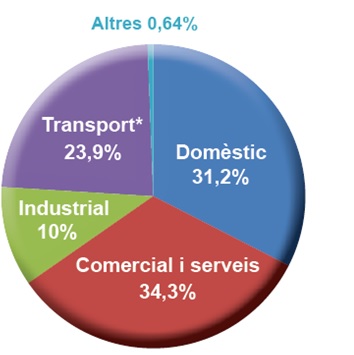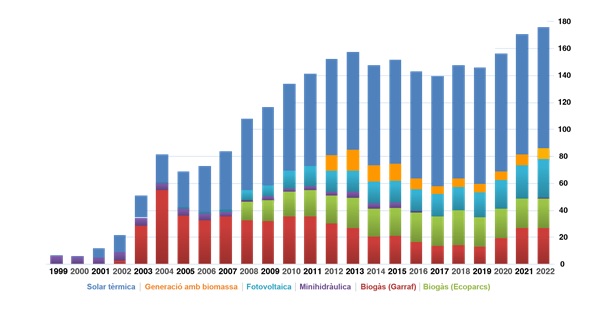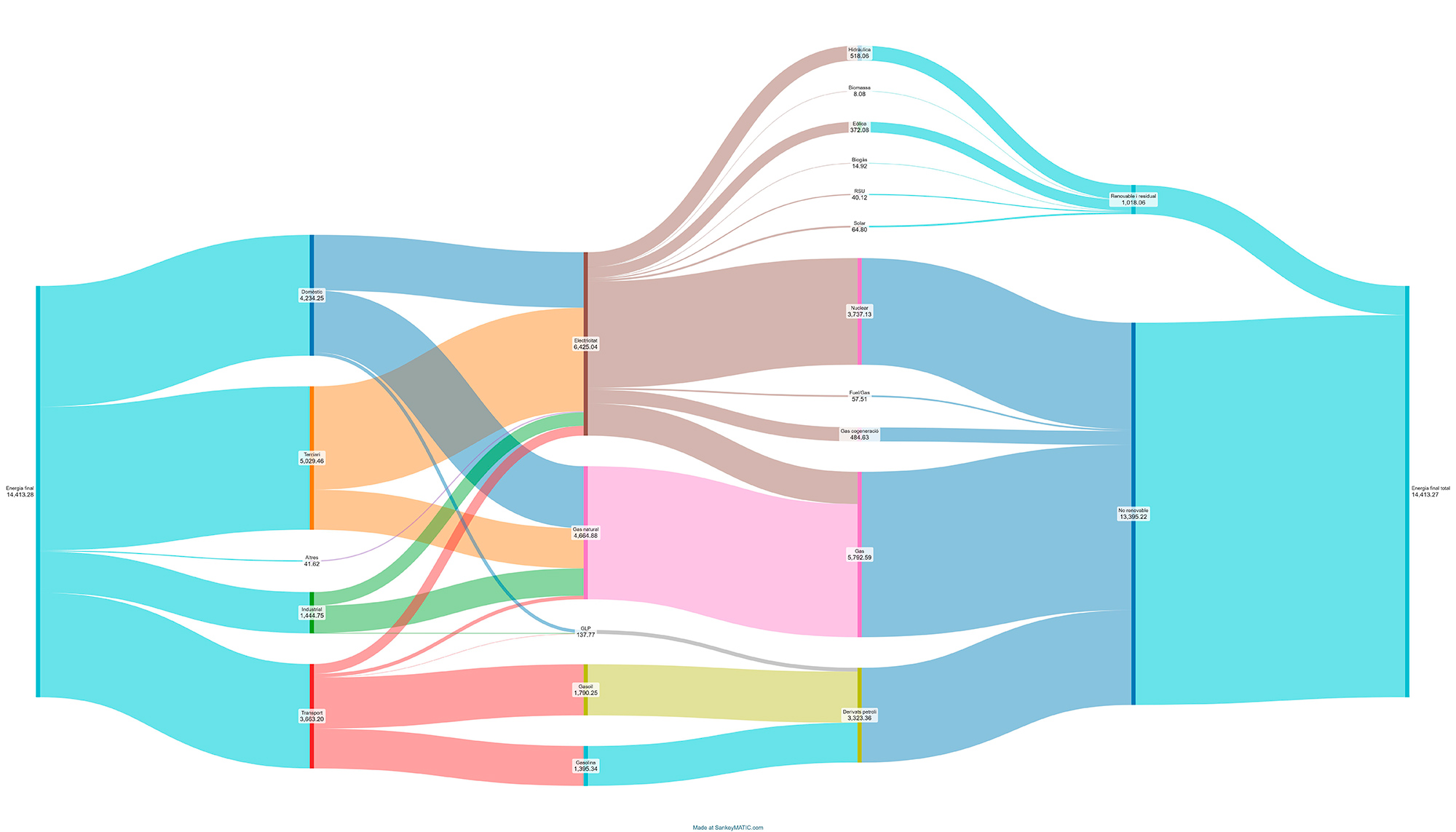The Energy Observatory
The Energy Observatory is the Barcelona Energy Agency unit responsible for planning and monitoring the energy situation in the city. The Energy Observatory obtains information about energy and publishes a regular energy assessment, aside from planning specific short-term initiatives regarding the city’s energy and monitoring these initiatives.
It is necessary to carry out constant updates of the information in order to manage the city’s energy reality. Having data available and the evolution of this data enables us to rate the energy policies that are implemented in the city and devise lines of action for the future.
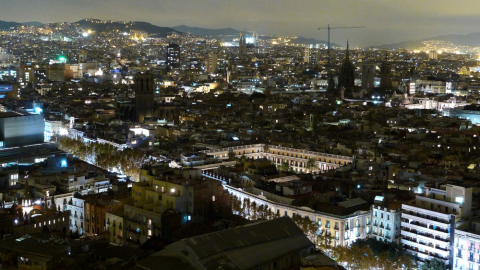
Barcelona assessment
Barcelona consumes 14,413 GWh /year and, but only about 1,037 GWh are produced with renewable energy. To reduce impact of global consumption of 8.81 MWh on average per inhabitant, the City Council wants to minimize the city's energy dependence on fossil fuels, to encourage local renewable energy generation to reduce CO2 emissions and to design a new sustainable energy model. If we not take into account the two years with a significant impact from the covid-19 pandemic, final energy consumption has dropped a 6% from 15,320 GWh /year in 2019.
Currently, the city generates locally 6,199 GWh /year of electricity, around 93% of the electrical energy consumed in Barcelona. The renewable share of this energy generation is only 1.2%, so this is a twofold challenge: generate more local energy and make it clean.
What can we discover from this assessment?
All these data are contained in the new 2022 Energy Balance of Barcelona. There is data of the impact of the city's energy consumption in terms of greenhouse gases, the main cause of climate change, as well as the evolution of GHG emissions in Barcelona over the past years.
It also includes the City Council's energy report, which represents 3.6% of the city's overall consumption. This consumption had a slight downward trend in recent years, despite the increase in the number of municipal buildings and services, a fact that can be explained by actions to save and improve energy efficiency in areas as diverse as buildings, lighting or vehicle fleets, among others.
Energy consumption in Barcelona. Sankey diagram
Below is the energy Sankey diagram for Barcelona. This type of diagram allows the quick visualisation of how energy consumption is distributed across the city by sectors and sources, which is renewable and which is not, and what relationship exists between them.
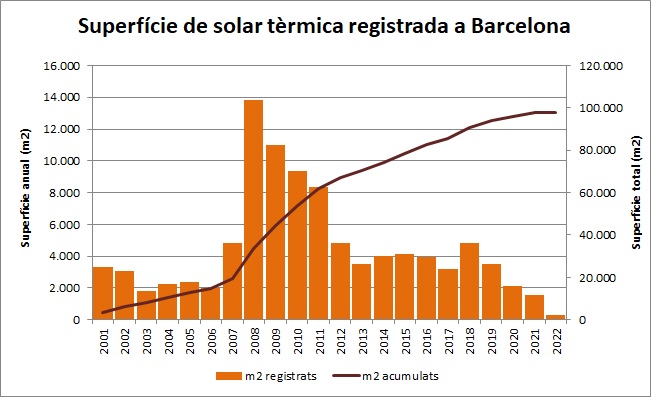
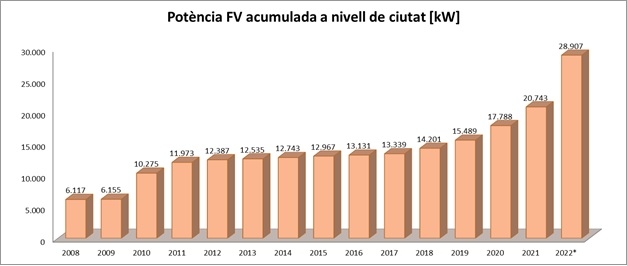
Renewable energy generation in Barcelona is focused mainly on thermal solar energy and photovoltaic solar energy. The following charts show the development of their introduction in the city.


